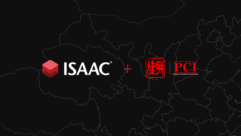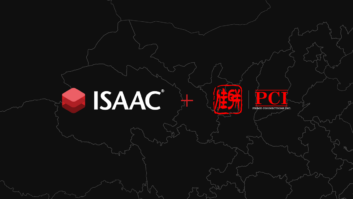In a series of columns over the past several issues, Les Goldberg–owner of LMG, one of the most prominent staging companies in the country– has explored an issue that has been contentious for years: meeting planners’ options when choosing whether to use the in-house audiovisual vendor or and “outside” AV provider at their event at a large business hotel or convention center.
That issue has been debated for years– and there has been confusion about the “contractual” obligations when booking rooms and space in facilities. Les has not suggested that a planner should automatically eliminate the in-house audiovisual company from consideration due to possible add-on costs or other factors, and has pointed out that quality can be found within the venue if you know what to look for in the planning process, and you have the tools to review the proposals of the in-house provider and the outside provider with an apples-to-apples comparison.
Similarly, over the past months, our columnist Midori Connolly has explored the politics of mixing resources from AV staging providers–both in-house AV providers at business hotels and outside providers. Remember Midori focuses less on big video projection, LED, and other big gun AV and more on meeting Apps and interactive meetings– generally bringing the meeting attendee more into the mix at live events.
So it’s interesting that in this issue, Midori takes up the a new issue that is tied to both Les Goldberg’s previous points and to changing dynamics in live event management in a an increasingly bandwidth-hungry world. Midori addresses in this issue the phenomenon of losing business to a less-qualified and/or in-house AV provider when the in-house company uses negotiating tactics such as offering reduced-cost or free WiFi. Midori alerts us that if there one stronghold that we need to watch closely, it’s the current status of hotel High Speed Internet Access (HSIA).
The event staging industry is doing well. The rebound that started two years ago is now really a mini-boom. Business travel is way up. Meeting spaces in hotels and other venues are booked. And as Les Goldberg points out this month, when industries thrive they attract attention and investors take notice. Private equity firms have discovered ROI potential and financial value in the event staging business. So we are seeing the emergence of publicly traded companies, and private equity firms have been acquiring and merging event technology providers across the industry. As a result the current industry landscape is dominated by fewer and larger firms that are gaining market share.
With this boom comes more jockeying for position and more upward price pressure for things like WiFi. I would not say “it’s a good problem to have”. Rather, it takes a savvy staging company executive, and savvy boots-on-the-ground production crew, to anticipate problems and go into the contract armed with some leverage and some options.










